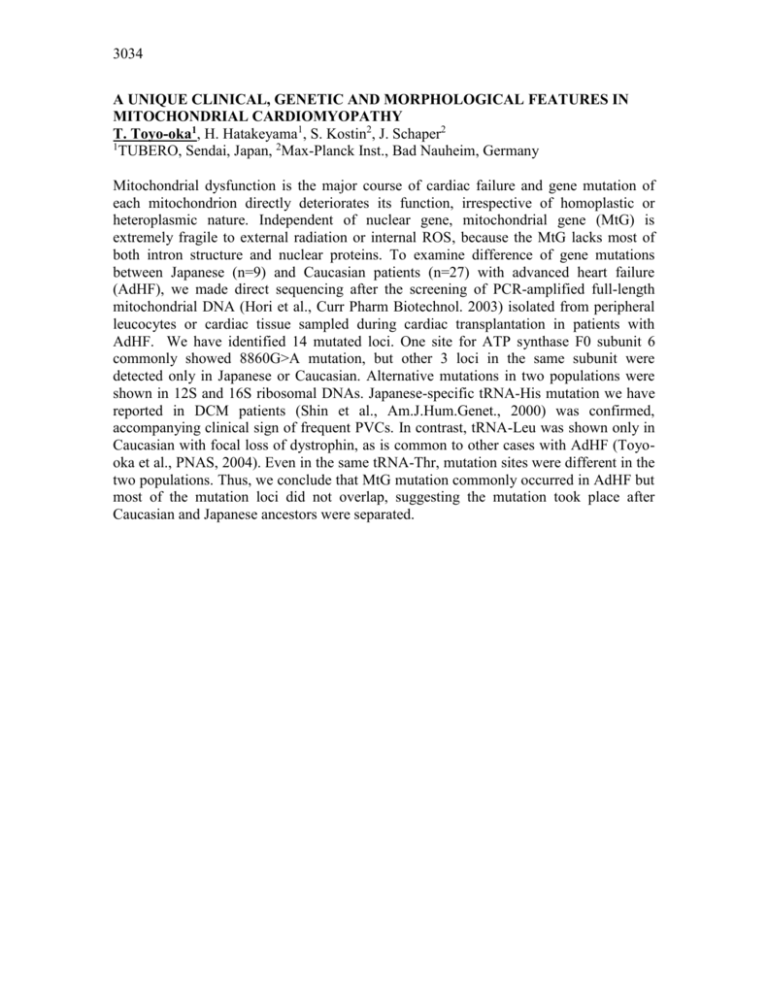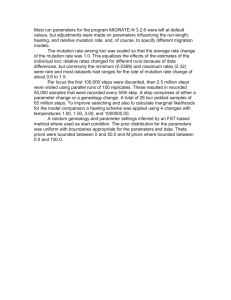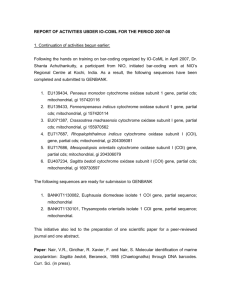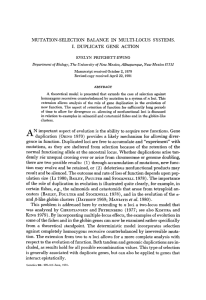a unique clinical, genetic and morphological
advertisement

3034 A UNIQUE CLINICAL, GENETIC AND MORPHOLOGICAL FEATURES IN MITOCHONDRIAL CARDIOMYOPATHY T. Toyo-oka1, H. Hatakeyama1, S. Kostin2, J. Schaper2 1 TUBERO, Sendai, Japan, 2Max-Planck Inst., Bad Nauheim, Germany Mitochondrial dysfunction is the major course of cardiac failure and gene mutation of each mitochondrion directly deteriorates its function, irrespective of homoplastic or heteroplasmic nature. Independent of nuclear gene, mitochondrial gene (MtG) is extremely fragile to external radiation or internal ROS, because the MtG lacks most of both intron structure and nuclear proteins. To examine difference of gene mutations between Japanese (n=9) and Caucasian patients (n=27) with advanced heart failure (AdHF), we made direct sequencing after the screening of PCR-amplified full-length mitochondrial DNA (Hori et al., Curr Pharm Biotechnol. 2003) isolated from peripheral leucocytes or cardiac tissue sampled during cardiac transplantation in patients with AdHF. We have identified 14 mutated loci. One site for ATP synthase F0 subunit 6 commonly showed 8860G>A mutation, but other 3 loci in the same subunit were detected only in Japanese or Caucasian. Alternative mutations in two populations were shown in 12S and 16S ribosomal DNAs. Japanese-specific tRNA-His mutation we have reported in DCM patients (Shin et al., Am.J.Hum.Genet., 2000) was confirmed, accompanying clinical sign of frequent PVCs. In contrast, tRNA-Leu was shown only in Caucasian with focal loss of dystrophin, as is common to other cases with AdHF (Toyooka et al., PNAS, 2004). Even in the same tRNA-Thr, mutation sites were different in the two populations. Thus, we conclude that MtG mutation commonly occurred in AdHF but most of the mutation loci did not overlap, suggesting the mutation took place after Caucasian and Japanese ancestors were separated.











